Southern Peru is stunningly diverse. From cliff sides to deserts to ice-capped mountaintops to steep canyons, there is always somewhere to explore. I kept to the southern parts of the country, namely: Lima, Cusco, Aguas Calientes, Puno, Arequipa, Nasca, Huacachina and Paracas, but the north has just as much to offer. If you plan on going to Peru, don’t just go for Machu Picchu. There is so much more to see and do on top of the beauty that is Machu Picchu. I promise.
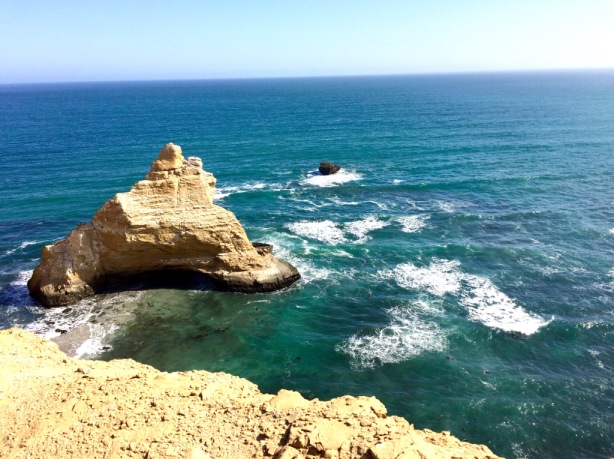
WHO IS THIS GUIDE FOR?
This guide will be helpful for those who are thinking about visiting Southern Peru, or have already booked and are looking for things to do, places to stay and important information that you may not find anywhere else. It is solely based on my experience there and what I took away from each place.
TRAVELING SOUTHERN PERU
Currency – In Peru, they use the Sol. One Sol is about $0.40 Canadian or $0.30 USD. I found most parts of the country to be reasonably priced. Food and other purchases were overall less expensive than home.
Safety – As a solo female traveler, I felt extremely safe in all of the regions that I visited. There are tourists everywhere and I found the Peruvians to be very friendly. As with anywhere that you travel, you still need to be cautious at night when you are alone, but I never had a problem.
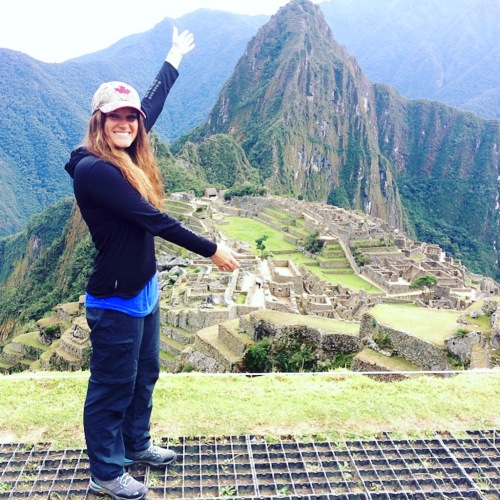
BEST TIMES TO TRAVEL TO SOUTHERN PERU
Since Peru is in the Southern hemisphere, it’s summer and winter months are opposite that of Canada and the USA. I went in July, and would definitely recommend going during their winter (May – September), especially if you are hiking.
Peruvian winters are fairly mild, and I found the temperature hovered between 18-22 degrees Celsius during the day. The capital (Lima) had the most consistent weather of any city I had ever been to…18 degrees and overcast, every day. Despite being higher in elevation, Cusco is warmer, sitting at around 20-22 degrees each day, but significantly dropping overnight. It is not uncommon to experience weather from all four seasons within one day’s time in Peru’s higher altitude regions.
Summer in Peru (December – March) is warmer, but also subject to rain. If you are planning to visit Machu Picchu during Peru’s summer months, beware that they close the Inca trails each February due to heavier rainfall.
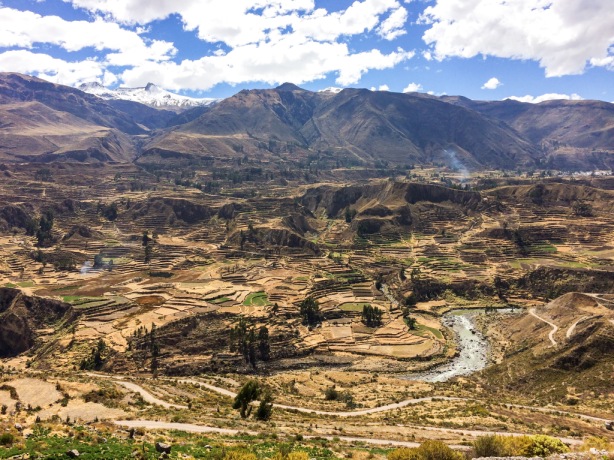
WHAT TO BRING
This depends on the type of trip you are taking. Below are some ideas that I found to be super helpful while there:
Backpacks: You need a few good backpacks, especially if you are going to be doing a lot of trekking.
Your main backpack needs to be a good size because you will likely need more space for heavier clothing options in order to battle the mountain climates. Click here for a great option that also includes a day pack. I also brought the Sirrus 24 Hiking Backpack with me on longer treks. It doubled as a carry-on for flights.
Also, instead of bringing a purse with me, I like to tour around cities by foot with a mini backpack, like the one found here. I find it to be way more comfortable to carry this than an over-the-shoulder bag. They are light, small and allow you to be hands-free for picture-taking! I also find mini backpacks to be my go-to when I’m out exploring all day long and need to pack a few extra snacks along with my wallet and camera. They are perfectly-sized and so comfortable!
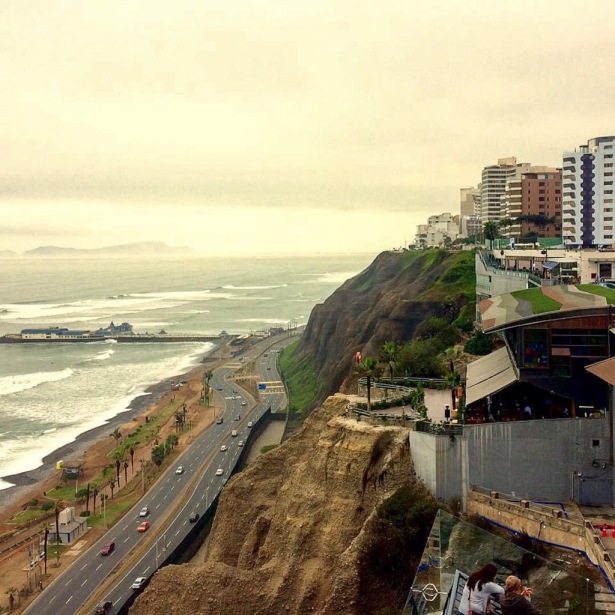
Another one of my greatest discoveries as a traveler were these packing cubes. They have helped me stay sane when trying to locate something in my main backpack. I highly recommend purchasing them. I roll up my clothing and put all of my tops in one, bottoms in another, toiletries in a separate one, etc. They are lifesavers and so cheap.
Clothing
It is all about layering. The weather in Peru depends on the region you are traveling to and the time of year that you visit. Other than the coastline, a lot of the south is at a higher altitude and therefore it is much cooler at night. I would recommend packing everything from light tank tops to long sleeve shirts to cozy sweatshirts to a warm down jacket. This way, you can peel off during the day and add on at night when temperatures drop significantly. There were some nights I had to sleep in a hat (or, a toque as we call it in Canada) and mittens because the hostels don’t have heat, and the temperature dropped close to zero.
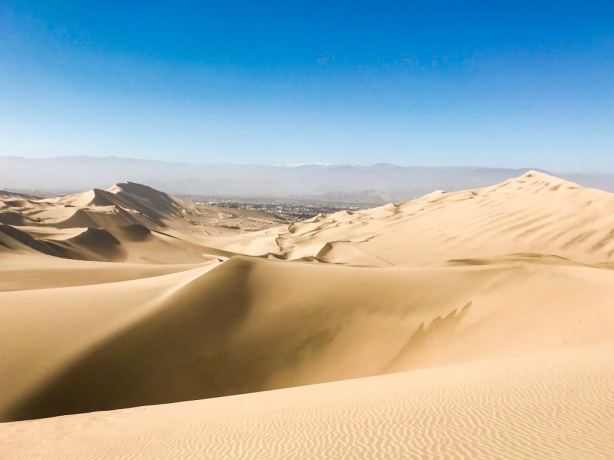
TRANSPORTATION
Getting around is pretty easy. When travelling city-to-city, I used Peru Hop, with the exception of going from Lima to Cusco, in which I flew. Peru Hop is one of the more pricey bus companies, but I think it is completely worth the safety, comfort and overall experience.
I did the “Full South to Lima” tour, which I loved because it hit up all of the main spots in the south of the country. The bus tour was pretty much seamless, with a few exceptions. Because I was in Peru during their winter months (July/August), we hit snow on the way down from Cusco to Puno and were stuck on the road for a few hours. Luckily it was an overnight bus and we could just extend our chairs and go to sleep.
The bus schedule was efficient and easy-to-use. The flexible, hop-on, hop-off style allowed you to stay at each location for as many days as you would like. The guides were good sources of information and always cheerful and upbeat. The majority of my buses were on time and usually had a variety of open seats throughout the entire tour. They provided blankets and had USB charging ports on every seat. And, if all that isn’t enough, they also provided a number of free tours at many of the stops, which I took full advantage of. The Pisco Vineyard tour was my favourite.
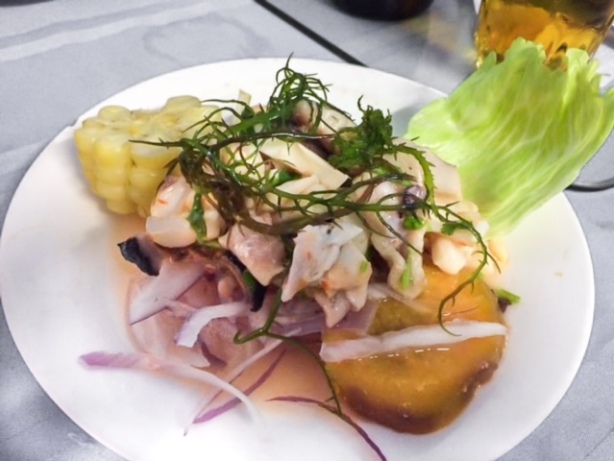
FOOD
The food in Peru is unlike anywhere else I’ve been. It is heavily influenced by the ancient Incas and other indigenous populations, but has also been shaped by Chinese (Chifa) and European immigration to the country, featuring a wide variety of dishes.
Peruvian staples, found in a good majority of dishes include: potatoes, fish, corn, quinoa and beans. Guinea Pig is another popular dish that they serve (cuy), which I can’t say I tried…you will discover why if you keep reading. Lima is a growing culinary city, with restaurants run by highly-ranked, world-class chefs. However, I would really recommend being cautious when eating outside of Lima, in some of Peru’s other popular tourist destinations. I, myself, picked up a stomach bug and was down-for-the-count for a few days, on antibiotics, alike many other travellers I ran into.
Afterwards, I found it difficult to want to experience the cultural cuisine in fear of getting sick again, so if I can pass on any of my learnings to you, it would be best to avoid anything you are unsure about. Just be cautious and stick to cooked foods, especially in Cusco.
With all of that said, I would like to dive in for a deeper, more detailed look at each of the cities that I stayed in. I speak from my experiences and hope these posts provide useful information to backpackers in regards to where to stay, what to see, how to get around and anything else that I found to be helpful while touring the south of Peru.
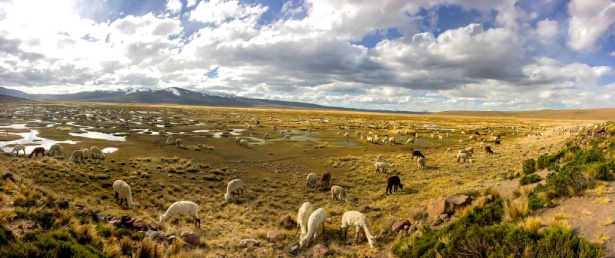
THE BEST CITIES IN SOUTHERN PERU
Click on the links below for more in depth information on each of the cities that I visited.
One Comment
Comments are closed.